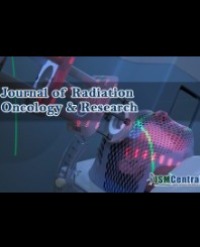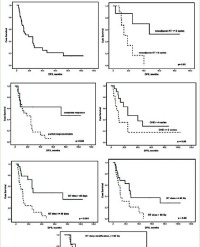
Volumetric Modulated Arc Therapy Versus 3D Conformal Planning Technique for Esophageal Cancer: Should Field Based Planning Be the Universal Standard?
Carcinoma of the esophagus is among the most rapidly increasing cancers in incidence. With the use of aggressive bimodality and trimodality treatment strategies, the reduction of treatment toxicity is of prime importance [1]. Radiotherapy plays a key role in definitive, adjuvant and neoadjuvant treatment for carcinoma of the esophagus. Due to extensive vascular and lymphatic drainage, and therefore tendency to present at an advanced stage, the volumes required to adequately cover gross disease are substantial. Other critical organs in close proximity are therefore at risk for radiotherapy-induced toxicity, including the lung parenchyma, heart, spinal cord, stomach and others. Conventional 3D conformal radiotherapy techniques (3 field or 4 field) have traditionally been used at our center to provide adequate coverage to the target volume of the esophageal tumor and lymph nodes; however as a consequence doses delivered to these Organs At Risk (OARs) may be high. Intensity Modulated Radiotherapy (IMRT) and Volumetric Arc Radiotherapy (VMAT) has also been considered in the past, however comparisons of these plans have shown variable results in normal tissue sparing. Furthermore these techniques may impart a higher volume of low dose radiotherapy to substantial amounts of normal tissue. We compared conventional 3D CRT plans with IMRT or VMAT plans for a series of esophageal cancer patients with tumors of varying location at our center to determine the optimal treatment planning strategy.
Elysia Donovan1*, Tom Chow2, Jack Skoczny1 and Ranjan Sur1

